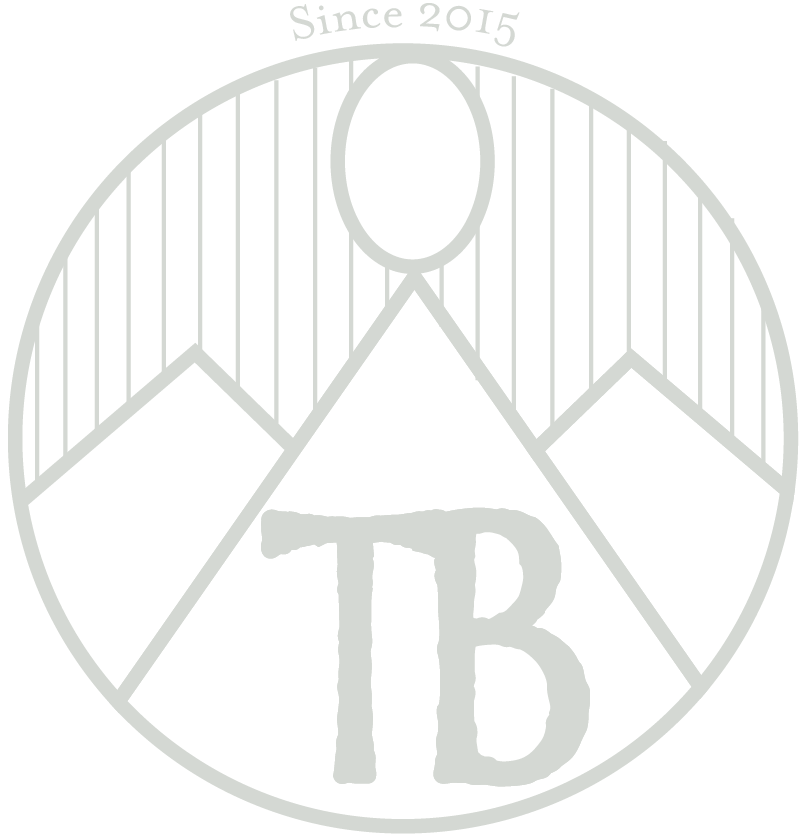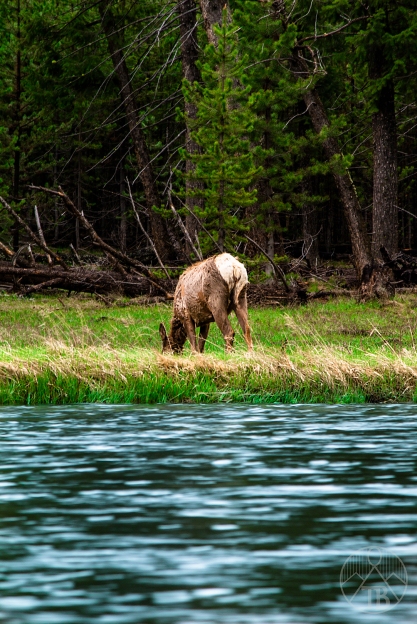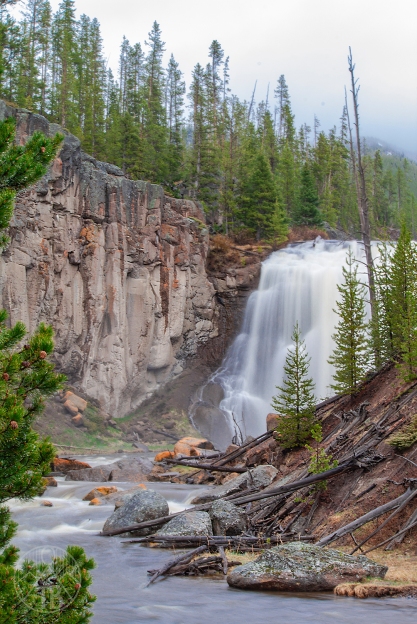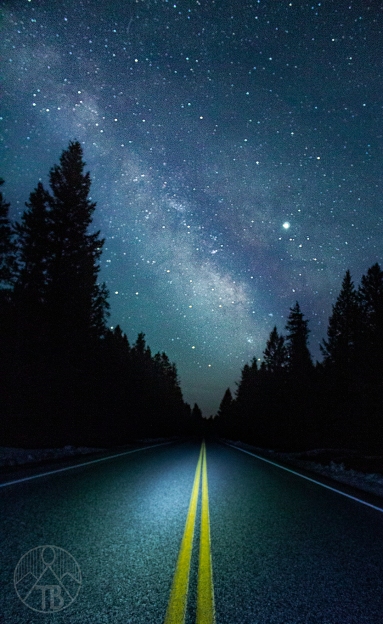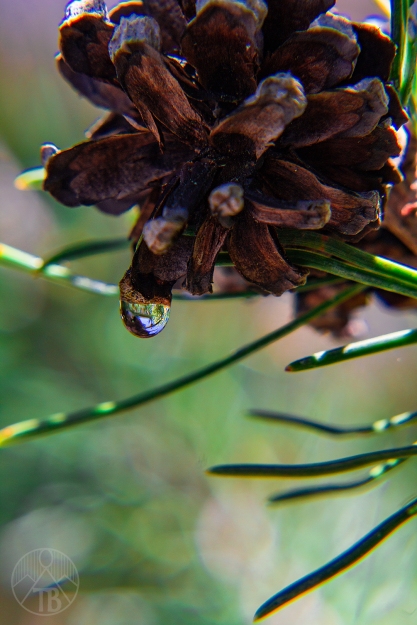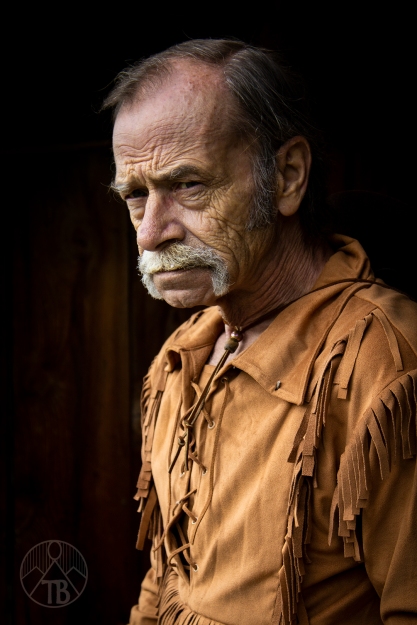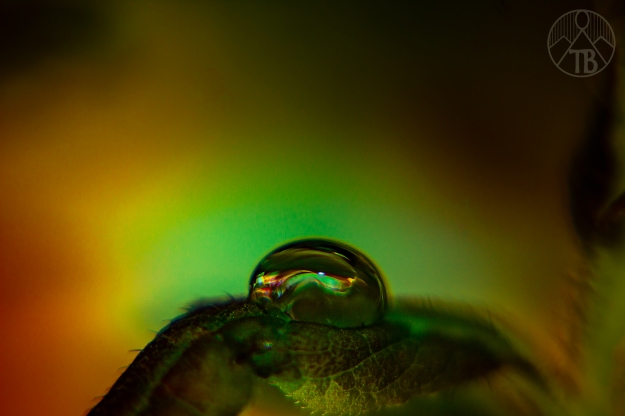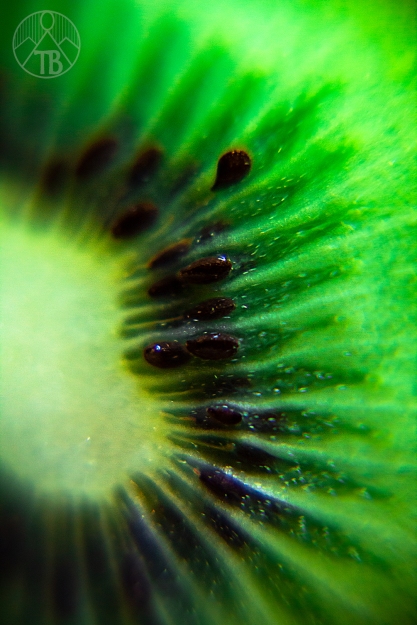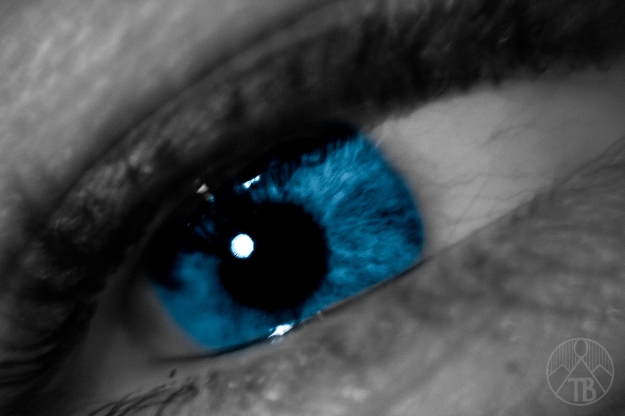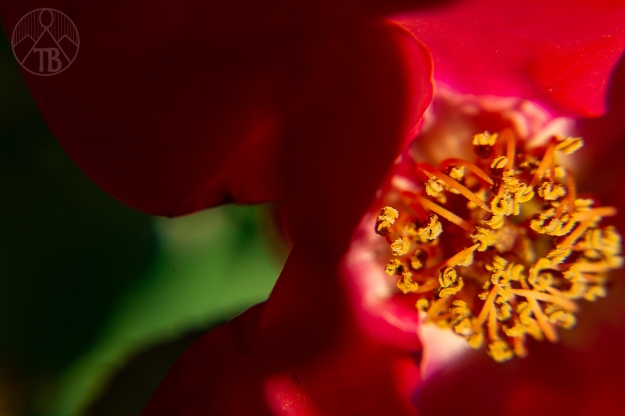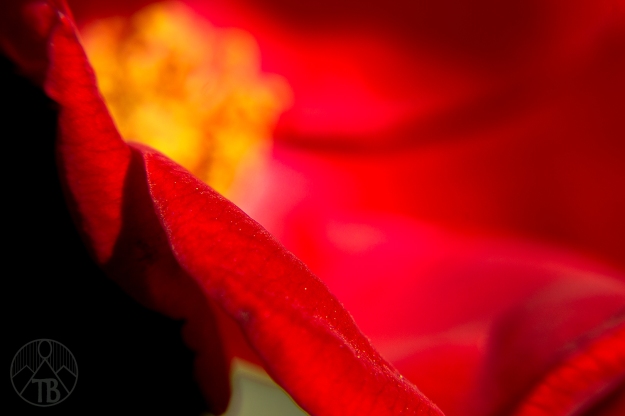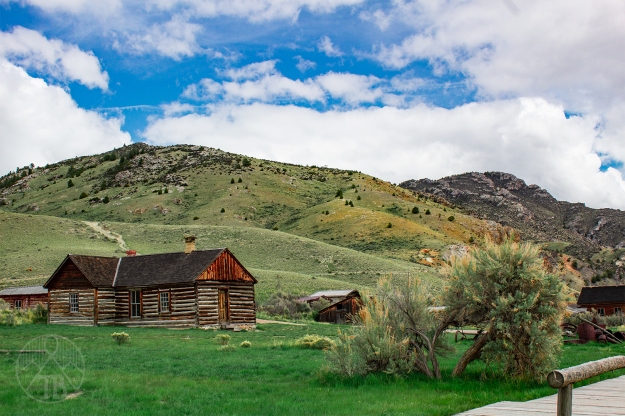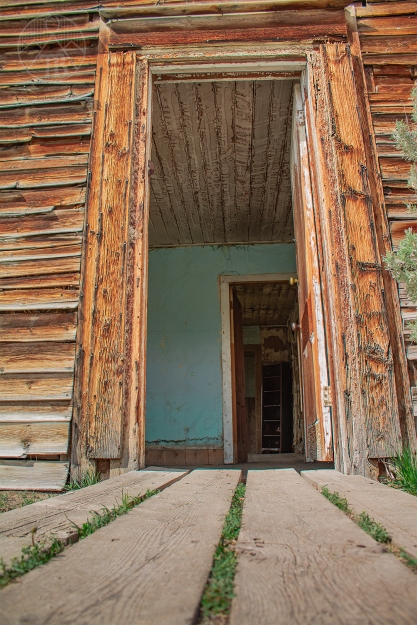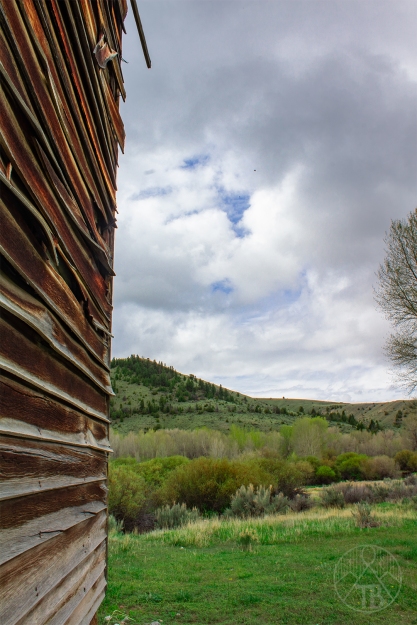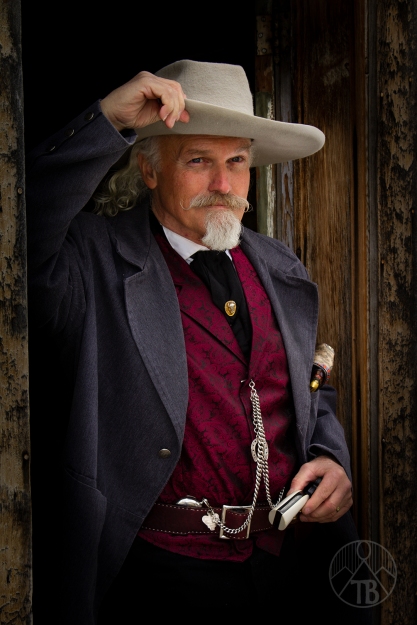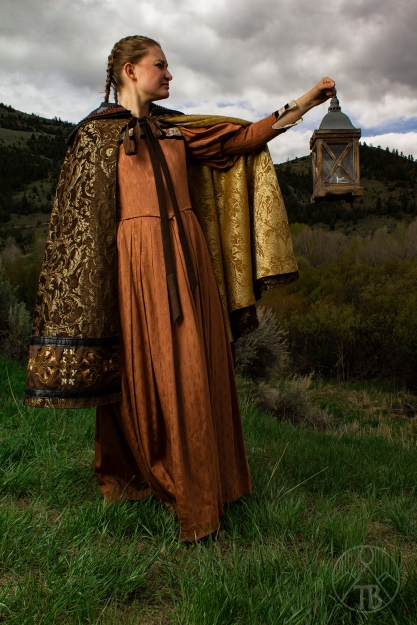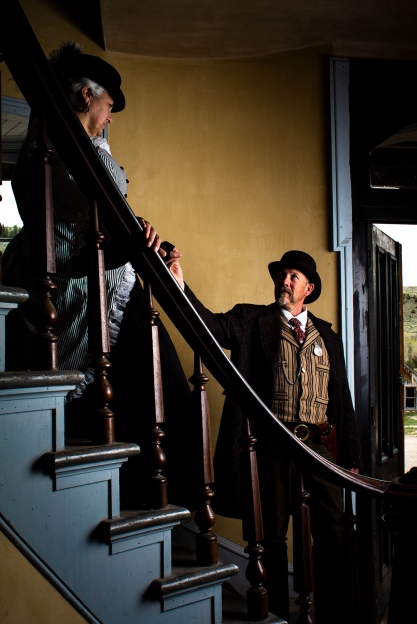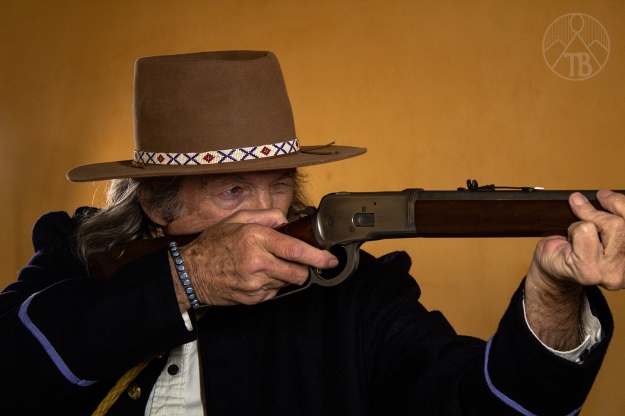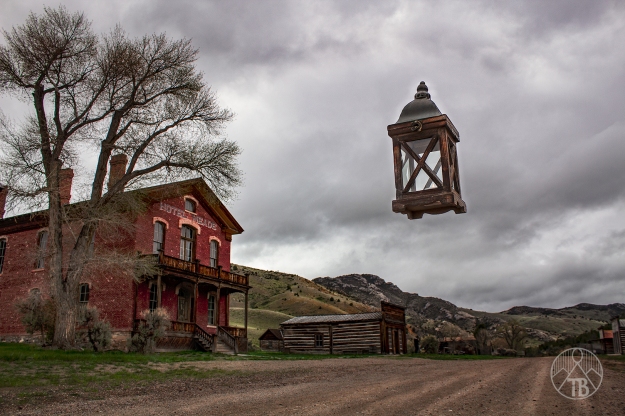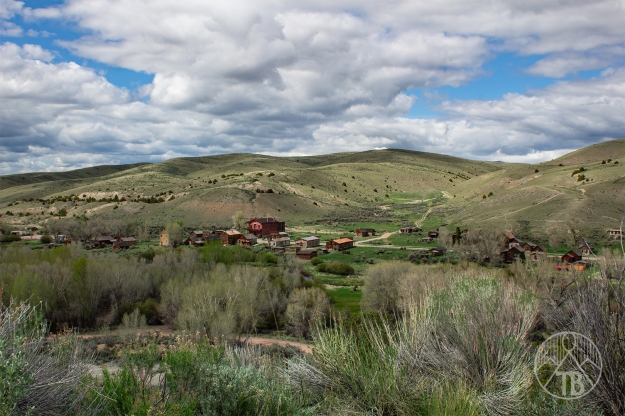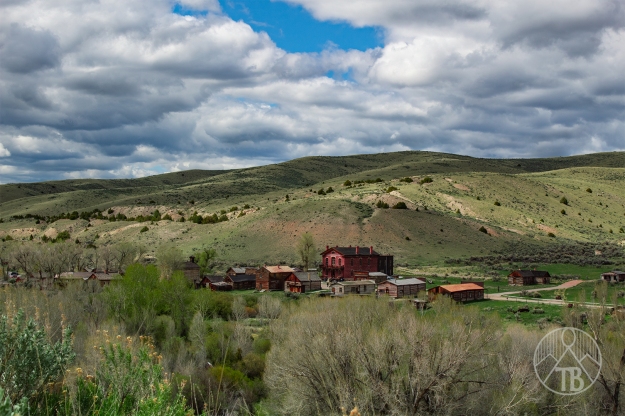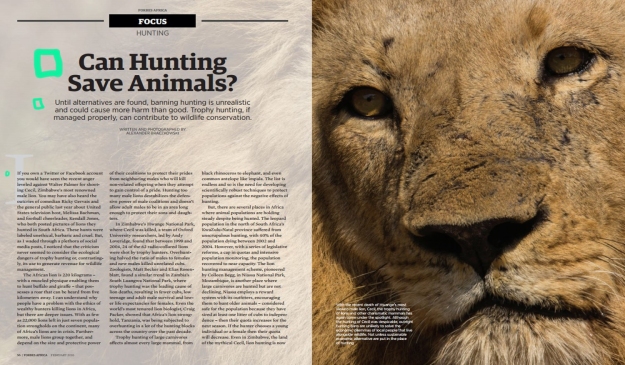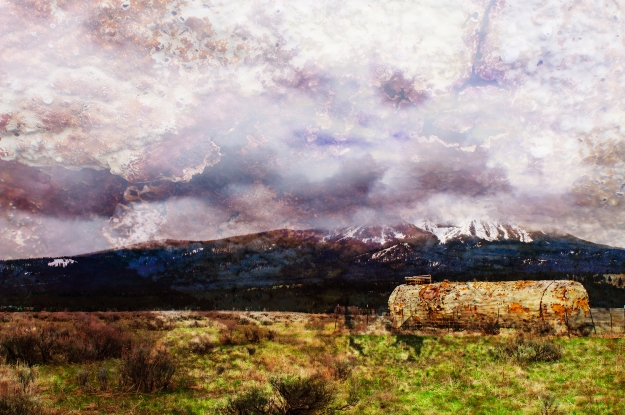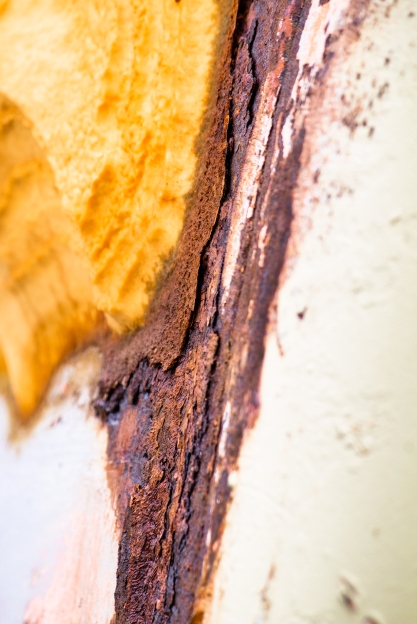Over the past few days, I have pored over videos, blogs and articles about aperture and shutter speed. Now, after learning a great deal about the importance of these two features, I want to share some examples of their effects using stock photos from pexels.com
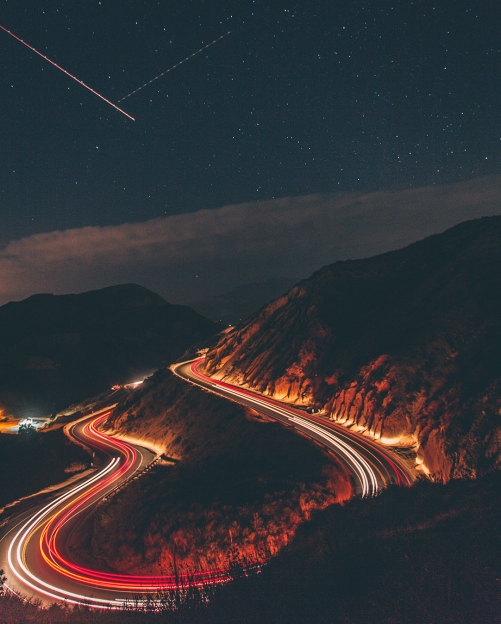
This setting leaves the physical camera shutter open for a longer duration of time, causing the camera to take in light for that same time frame. This feature helps the photographer to take photos in a dark setting, while still capturing the theme or focus clearly. Using a slow shutter speed also allows for blurred action shots, as seen above in the streaked car lights on the road, and plane lights in the sky. The car lights also provide exemplary light painting on the hillside along the road, allowing the viewer to witness and enjoy the landscape along with the stars.

This setting allows the photographer to capture a split-second event in an image. When the shutter is open only for a fraction of a second you can catch a quick moment, like the fishing eagle seen above, in one picture while maintaining correct lighting and image clarity. Notice the sharpness of the image; the eagle, though moving fast, is not blurry, and the splash from the water is seen clearly as well.

This setting allows the photographer to seize a scene in its entirety. A narrow aperture means that the iris of the lens opens only slightly, therefore taking in little light from all field depths. This is noticeable in the above image as we see that every part of the image is in focus, from the dock (the foreground) to the distant mountains (the background).

This setting puts an intentional emphasis on the foreground while still allowing the aspects of the background to influence and affect the overall image. A narrow aperture means the iris of the lens more, therefore taking in more light but focusing primarily on the object or event close to and in front of the camera. We can see this clearly with the image above; the pineapple is focused on, you can see very explicit detail in part of it, while the rocks, ocean and sky in the background are blurred, yet still add dynamics and visual appeal to the end product.
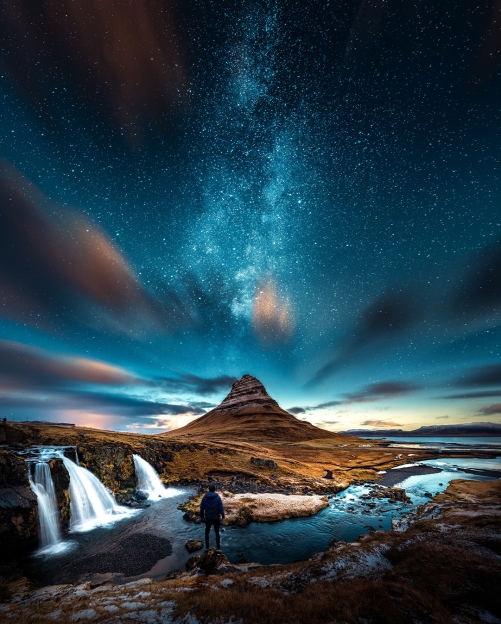
As I have learned about aperture and shutter speed over the past few days, a desire of mine has been rekindled for capturing the stars. I have always been fascinated by the night sky, and look forward now to experimenting with astrophotography, in hopes to encapsulate the grandeur and majesty of nature at night.
